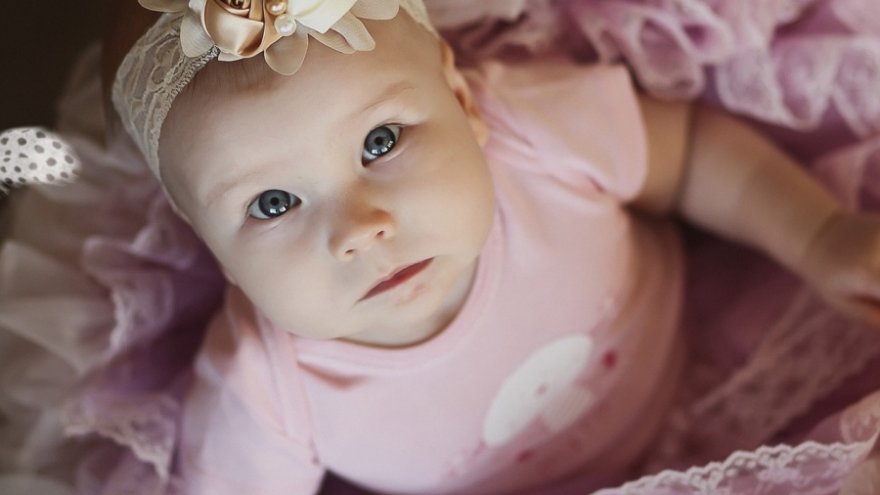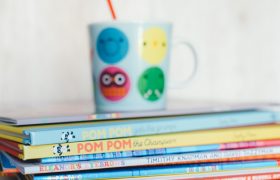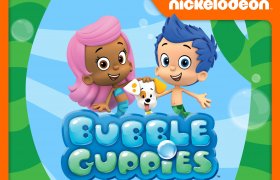Baby Exercises: 6-9 Months Reviewed

Your baby is now growing so quickly and learning new things at a rate that it’s hard to keep track of. Every day is a new milestone and adventure it seems, and your participation in learning is not only welcomed it’s required. Your baby is starting to explore more and more by crawling and scooting around and is able to pay attention for longer play sessions.
Interaction is increasing and your baby will start to learn to predict your actions and be amused when they are right. Playing with your baby regularly now is especially important as their brains are making great gains daily. Exercising their body and mind can often be a combined activity now, as they are learning to sit and crawl.
Continuing the old games and exercises is a valid plan, but adding a bit of difficulty or new ways to play can really make playtime more fun and helpful for your baby.
On the move
Tummy time may still be happening but it’s not as stationary as before and your baby is either on the cusp of crawling or full out zooming around the house. Making tummy time more exciting by putting toys just out of their reach so they have to crawl to get them is the name of the game. By the end of 9 months, your baby may be starting to pull themselves to standing by grasping edges of furniture and may be able to stand in their crib.
If your baby is able to sit up alone, consider purchasing a ball to roll back and forth. In the beginning, it may be slow going but as your baby learns to return the ball to you the game can become very fun. Once your baby is able to sit unassisted, you can also take them to the park to swing in a baby swing and explore other experiences like riding the slide together and playing in the sandbox.
It’s also important to know that your baby’s ability to move around now will become an increasing issue if you’ve not baby-proofed your house. Do it now, if you haven’t because the transition from scooting a little to crawling at lightning speed can seem to take just a few hours. You never know when they’ll start zooming around, and it seemingly comes out of nowhere.
 Learning everything
Learning everything
If you’ve already been reading daily to your baby, continuing on will be one of the most important things for your baby’s development of language. If you haven’t started this habit yet, it’s not too late. Choose books that have bright colors and take your time on each page to discuss the pictures, can your baby find the dog? Interaction is still more important at this stage than accurately and completely relaying the story. Although simple books that are repetitive can soon become favorites at this age as they start to be able to remember things longer and may seek out a familiar book to read when they feel the urge to. Lift the flap books and books with textures are a fan favorite at this age.
Using toys to teach vocabulary is a great game for your baby, sort their toys out by color and give them a fun time by showing them all their yellow toys or all their green ones. Continue teaching them their body parts and other vocabularies by using their toys as guides.
Your baby will be starting to try to have conversations with you, responding back is an exciting way to encourage them to continue to try to form words and communicate. Playing with a toy phone can help your baby learn to babble more and can be an excellent way for you to model conversations. Playing music and teaching your baby how to do hand motions to songs like an itsy bitsy spider can be especially rewarding for baby and you.
Fine motor skills
Your baby is still learning about things like object permanence, the idea that what is there will still be there even if they can’t actively see it. Peek-a-boo is a great game to exercise this ability, but so is hiding cereal under a cup or bowl, and letting them discover it again. They are still working on their pincer grasp and have almost mastered it so this game will be a tasty bit of fun for them. To further exercise their fine motor skills it can be fun to let them play with paint brushes dipped in water on paper, let them “paint” while they wait for dinner and since it’s just water the clean up is easy.
Popular toys during this stage include activity boxes where your baby can move beads along tracks, flip switches, and push buttons. There are many options from a cube that sits in the floor of the playroom to systems that attach to the side of a crib, to even special chairs that baby can sit in and have toys within reach. This can still be a great time to talk to your baby about what is happening by teaching words like up, down, over, under, and still reinforcing colors and shapes.
By the end of 9 months your baby should be able to mimic you within reason, get themselves into a sitting position and maintain sitting for short amounts of time, make sounds and even say simple words like mama or dada, point to objects they want, pick up a cereal piece between their thumb and first finger and move it into their mouth, and understand that objects are still there even when they are hidden. If you are concerned about your baby’s development to discuss those concerns with your pediatrician. Every baby develops at their own pace and the guidelines for each milestone are a range, so if your baby isn’t perfectly on schedule that could be completely normal especially if they were born prematurely or have other health issues they are overcoming and dealing with, but there are some warning signs that can be caught early if you pay attention and keep a journal of their activities and new skills you will have a good baseline to know what to expect and you will have all the information your doctor needs to figure out a game plan should something be stalled.







